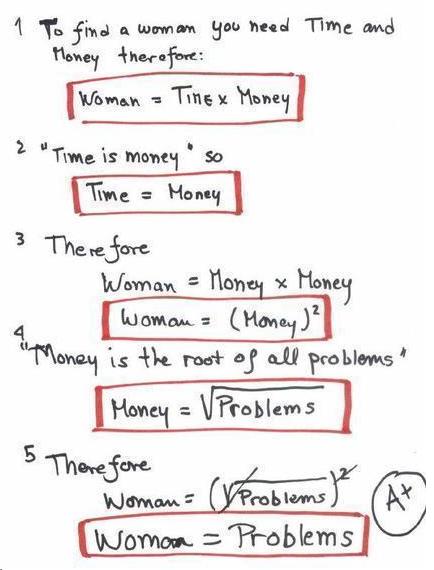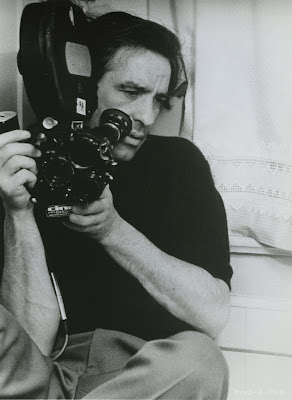
For your project for the final, I want you to address yourself to this question: what is the relationship of art to reality (and in particular what is the relationship of cinema to reality)? What are the uses of reality for art --in formal and/or ethical terms? Of course, "reality" can be a very ambiguous term -- sometimes when people talk about "reality" that word is a stand-in for associated words: truth, sincerity, authenticity, subjectivity. For the purposes of this project, you can define "reality" as you see fit -- but be clear about what that definition means to you.
We've seen a variety of approaches film-makers have used to attempt to bring films into closer contact with reality, among them:
• The use of improvisation
• The use of real locations rather than sets
• The use of non-professional actors (using instead people who have had experiences similar to the experiences of the characters they play)
• Giving performers leeway to draw upon their own experiences to inform the dialogue and situations of the characters they are creating
• Documentary-style filming techniques (such as handheld camera work)
• A "transparency" of style: straight-on framing, no camera flourishes, just letting events play out in front of the camera without imposing a flashy style
• "Subjective" style -- using camera and editing techniques to make the viewer feel the subjective states the characters are feeling (of course this is in direct opposition to the previous approach -- each approach serves a different idea of "realism")
• Digging into subject matter (whether types of characters, classes of people, or even difficult emotions) that are ordinarily ignored by mainstream cinema
• Doing research into a place or a social situation, and letting that research shape the story
• Letting a story follow its own organic logic, without fitting it into a formulaic structure
In your final project, you can make a broad argument about reality and cinema. Some choices for a theme could be: Does art need the "real"? Does society need art that attempts to come to grips with reality? Some of the film-makers whose work we've watched use art as a way of combating what they see as an artificial, delusional or hypocritical mainstream culture. Is this a legitimate use of cinema, or is it a misunderstanding of the social function of cinematic fictions? Do people just naturally go to the movies to escape reality, rather than to encounter it?
If questions of this type seem too abstract, you can be far more specific in your project -- for instance, focusing on a film-maker (or making a close reading of a particular film), and describing the way the relationship between film and reality is worked out -- through film technique, through script, through performance. Describe the way reality is either approached or repelled by the film-maker's choices (and perhaps it's not an either/or: for instance, "Do The Right Thing" presents an interesting hybrid -- a script and dialogue that feels very real and conversational, placed in a visual style that is very deliberately artificial).
You are not restricted to "realism" as subject matter; if the surrealistic or deliberately non-realistic films were more interesting to you, you could make your final project about non- or anti-realistic films, film-makers or strategies. This could still be framed in terms of the "real" (though not in terms of "realism"); some anti-realist film-makers address themselves to truth, using their surprising or shocking images to materialize ideas that ordinary films would ignore, suppress or repress. And yet, even beyond this, perhaps it's the very flight from reality that appeals to you -- perhaps you feel it's important that art isn't contained by reality, that art is a space for the impossible to happen, a space where a new, more flexible, more strange reality can be invented.
Again, you can take a broad approach (as indicated in some of the ideas in the previous paragraph), or you can be more focused and specific, narrowing down to a film-maker or film, and explaining what techniques and choices are used to break reality, or it re-invent it toward the film-maker's ends.
If you're most comfortable writing a paper for the final project, then write a paper -- it should be at least 2,000 words (and be prepared to post it on the blog, with accompanying stills or clips from the work or works you're writing about). However, I'd be equally (if not more) interested in a non-typical way of addressing these questions. Feel free to make a video essay (of a duration somewhere between 4 and 10 minutes), or to give an artwork response (just give me an idea of the intention and scope of your artwork by next week's class). You can talk about your own art, and the relationship it has to reality, as well as drawing on examples from other art disciplines (painting, photography, sculpture, etc) -- but I do want you to address cinema directly. You can use the films we've seen as class as examples or jumping-off points, but don't restrict yourself to those films -- I want you to cast a net that's wider than what we've watched in class. On the day of our final (scheduled for Thursday, May 5, 3-6pm), be prepared to present your paper or your artwork with the class, as an oral presentation
Instead of responding to a short film or piece of criticism for next Wednesday's class, I want you to write up a one-paragraph summary of your ideas for your final project, posted to the blog.













